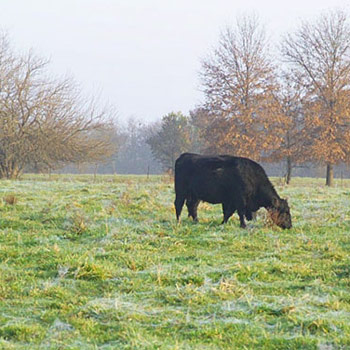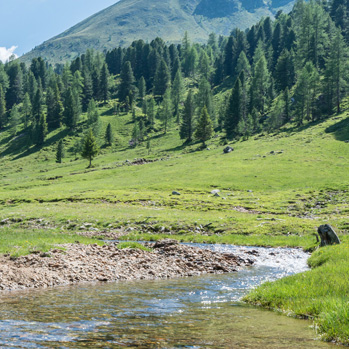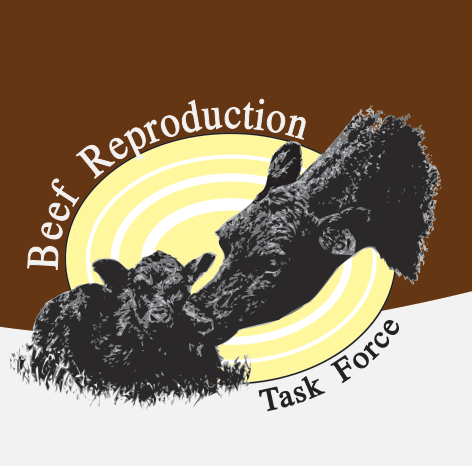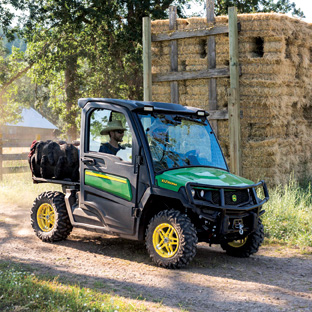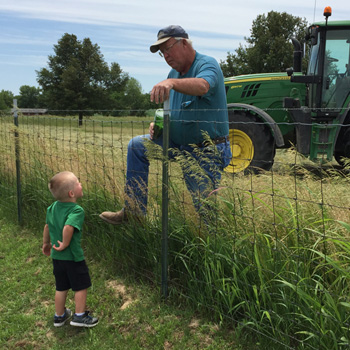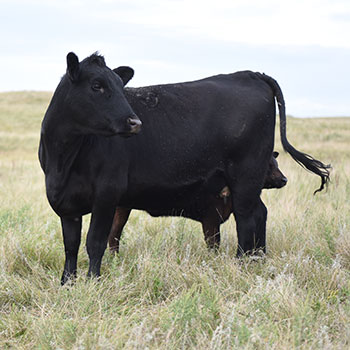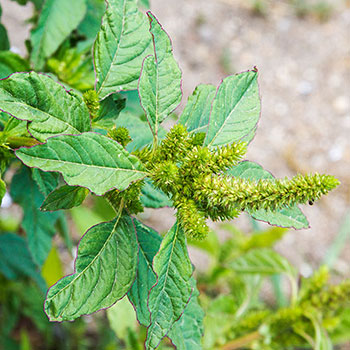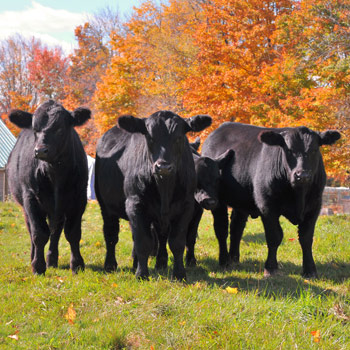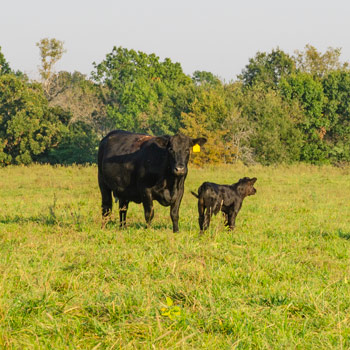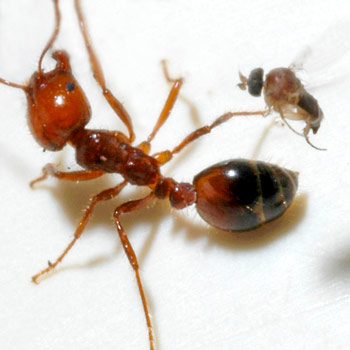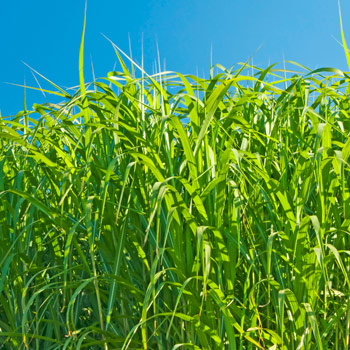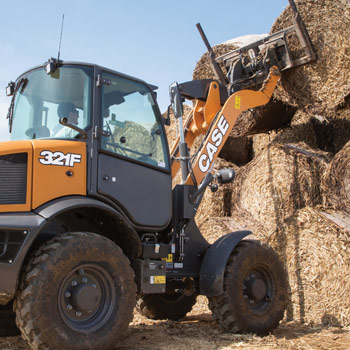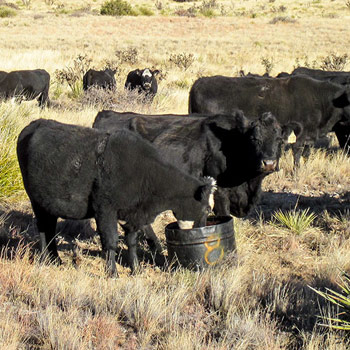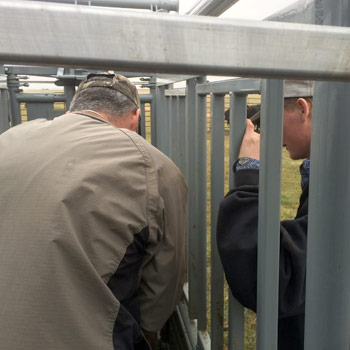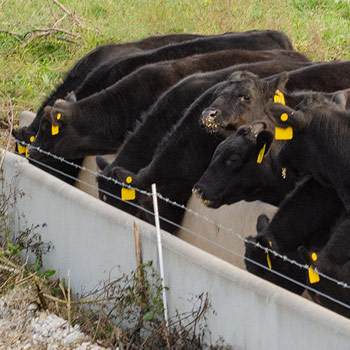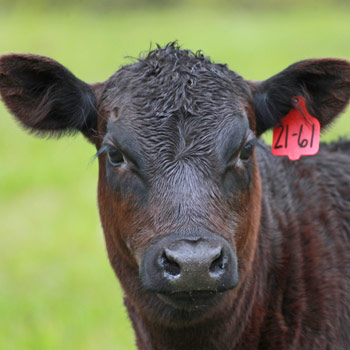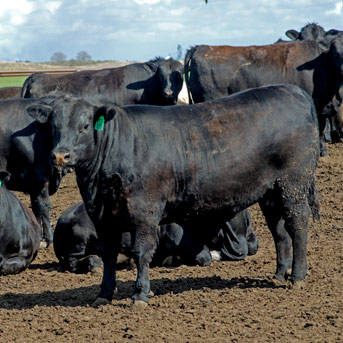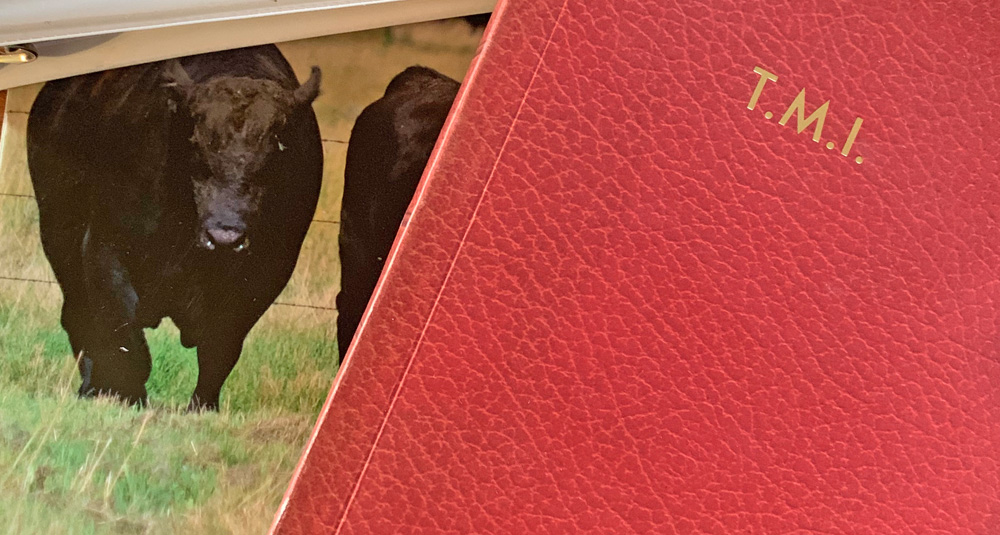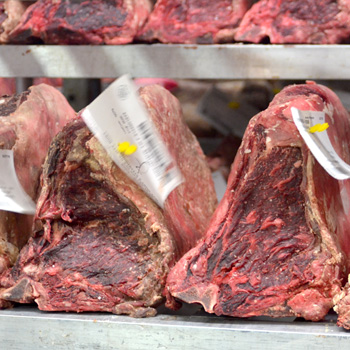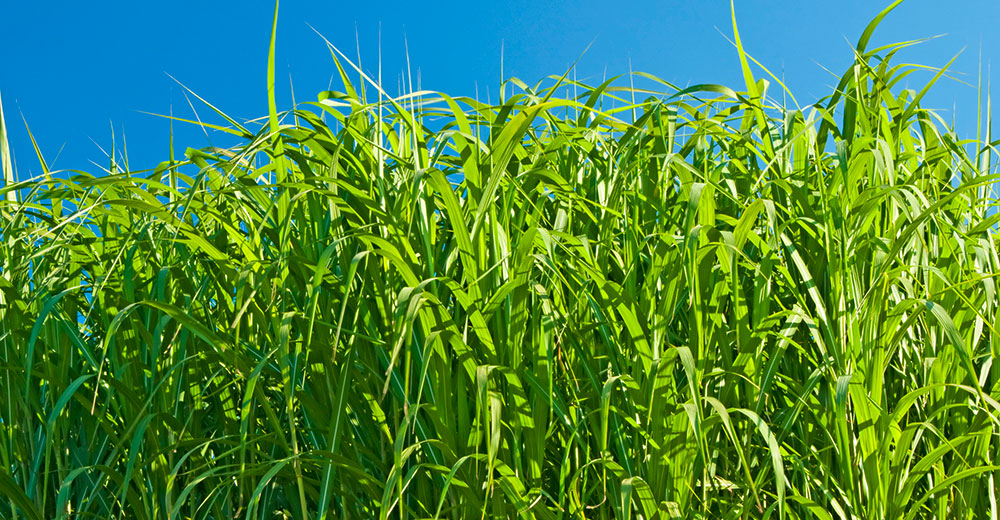
Eat Your Vegetables
Plant alternative grasses that can handle lots of rain.
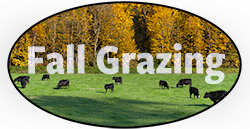
Like many of us, farm animals want to eat what they’re used to.
Because livestock are not adventurous eaters, farmers have to train them to try something new by limiting their access to the food with which they’re most familiar. That can be done by growing new grasses in a different field, and then moving the livestock to graze that field.
It’s akin to when parents don’t give the option of chicken fingers and buttered spaghetti to their picky child and instead serve just roast and broccoli.
Many Midwest farmers might be trying to grow and feed their animals different grasses this year, as supplies for hay and traditional forage grasses are exceptionally low. Ohio’s hay supply is the lowest since the 2012 drought, and the fourth lowest in 70 years. This past spring was persistently wet, which hindered the growth and cutting of hay and other forage grasses.
“Nobody can control the weather, but we can somewhat control what we’re growing on the farm,” said Christine Gelley, an Ohio State University Extension educator in Noble County. OSU Extension is the outreach arm of the Ohio State University College of Food, Agricultural, and Environmental Sciences (CFAES).
“If we can become more flexible in terms of what we grow and how we move our animals around, that can increase our options for feeding them,” she said.
Typically, Midwest farmers grow cool-season grasses for their cows, sheep and other livestock, including orchard grass and Kentucky bluegrass, Gelley said. The problem is that those grasses can’t always withstand an abundance of rain, which has become increasingly common in recent years.
Unlike cool-season grasses, prairie grasses have extensive root systems that help them survive in flooded conditions and even drought, Gelley said. The downside is that prairie grasses can take three years to get established.
“It’s not something we could plant this fall and expect [it] to sustain our animals next spring. But once they’re established, they can last for decades,” Gelley said.
Reed canary grass, a cool-season grass not commonly used for grazing, can be a good source of food for animals and is very tolerant of chronically wet soils, Gelley said. Anyone who plants reed canary grass should be aware that it is an invasive species and can easily take over a field unless animals get in there to graze it often, she said.
Tall fescue also can withstand soggy soil, but certain varieties of the grass can limit weight gain in livestock that eat it. Tall fescue contains a fungus that makes the plant more resistant to drought, but also can limit weight gain. However, some varieties, while still containing the fungus, do not have that effect on animals’ weight, Gelley said.
With many of the alternative grasses, there are tradeoffs to consider before planting them.
“Which would you rather have during extreme weather events: nothing for your animals to eat or something with issues that we know we can work around?” Gelley said.
Editor’s note: Alayna DeMartini is a writer for the College of Food, Agricultural and Environmental Sciences at Ohio State University.
